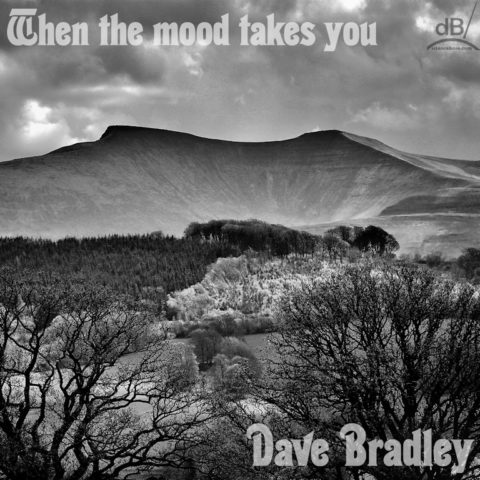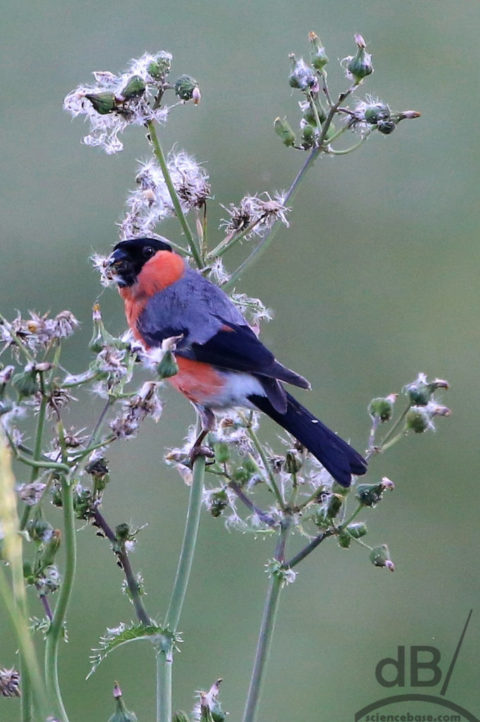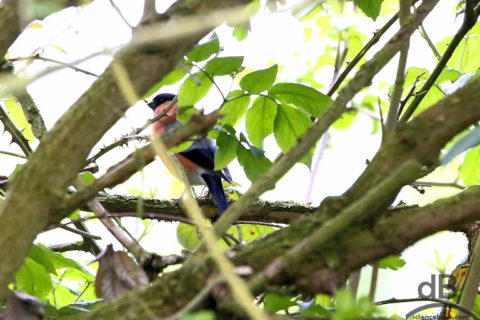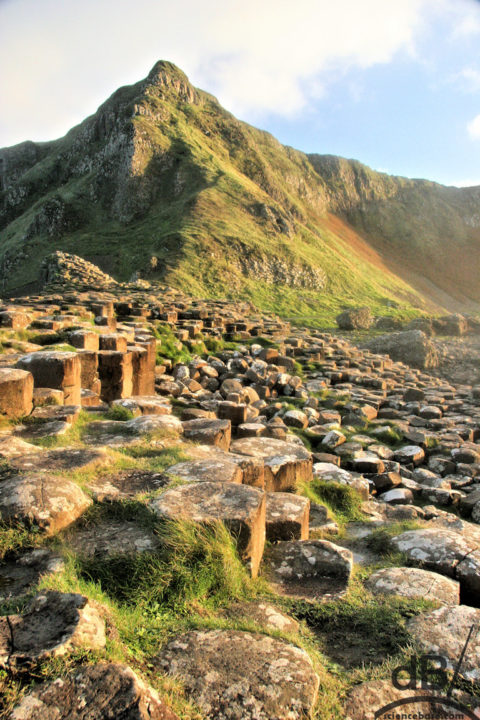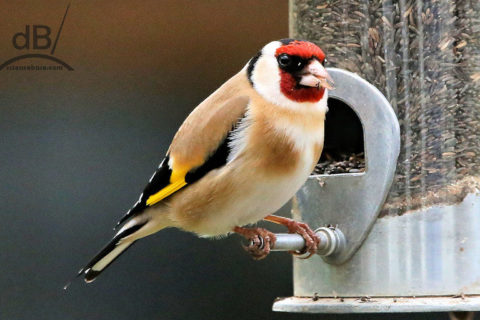I came up with a funky little riff in my head Monday, thought: I’ll never be able to work that out on guitar. But, had a go anyway…it was just a single not pull-off, hammer-on thing…so I figured out simple chords that seemed to fit: F, Em, Am, G…and a turnaround F Em, D, Am, G, with a few embellishments, minor 7ths, the odd dominant 7th, a sixth here and there, maybe even a 9th, at least in the harmonies.
I also had this lyrical phrase in my head: How can you be lost in the light? It’s easy to get lost in the dark…but not so much in the light?
Well, Tuesday night, quiet house, means quiet studio, so I put together some funky drum loops and had a go at blasting out that riff on my Telecaster and then attempting to fit some lyrics…they seemed to work, so a bass track on top of that and the obligatory guitar solo…
Mixed it down Wednesday morning, but re-recorded the vocal completely and did a new simpler, but raunchier guitar solo, added a couple of harmonies, generally cleaned it all up, mastered it and labelled it version 2.
Well, you know what I’m like by now, ever the perfectionist, I can hear a few things I need to tweak in this mix. I might even use Melodyne to make those harmonies, well, more harmonious. Watch this space, inevitably version 3, 4, 5…will be along soon-ish…
You can stream the track on Soundcloud and Bandcamp right now. I’ve already tweaked the second version so we’re now at version 3, please let me know if you already downloaded it from Bandcamp and I’ll send you the upgrade FLAC or MP3 (please state preference).
I’ve now done a version 4e, just little tweaks since the original second upload…that’s the version in the lyric video, now on Youtube too.
